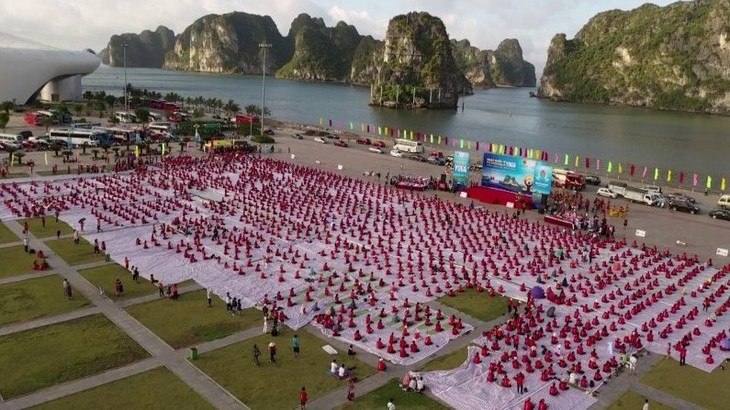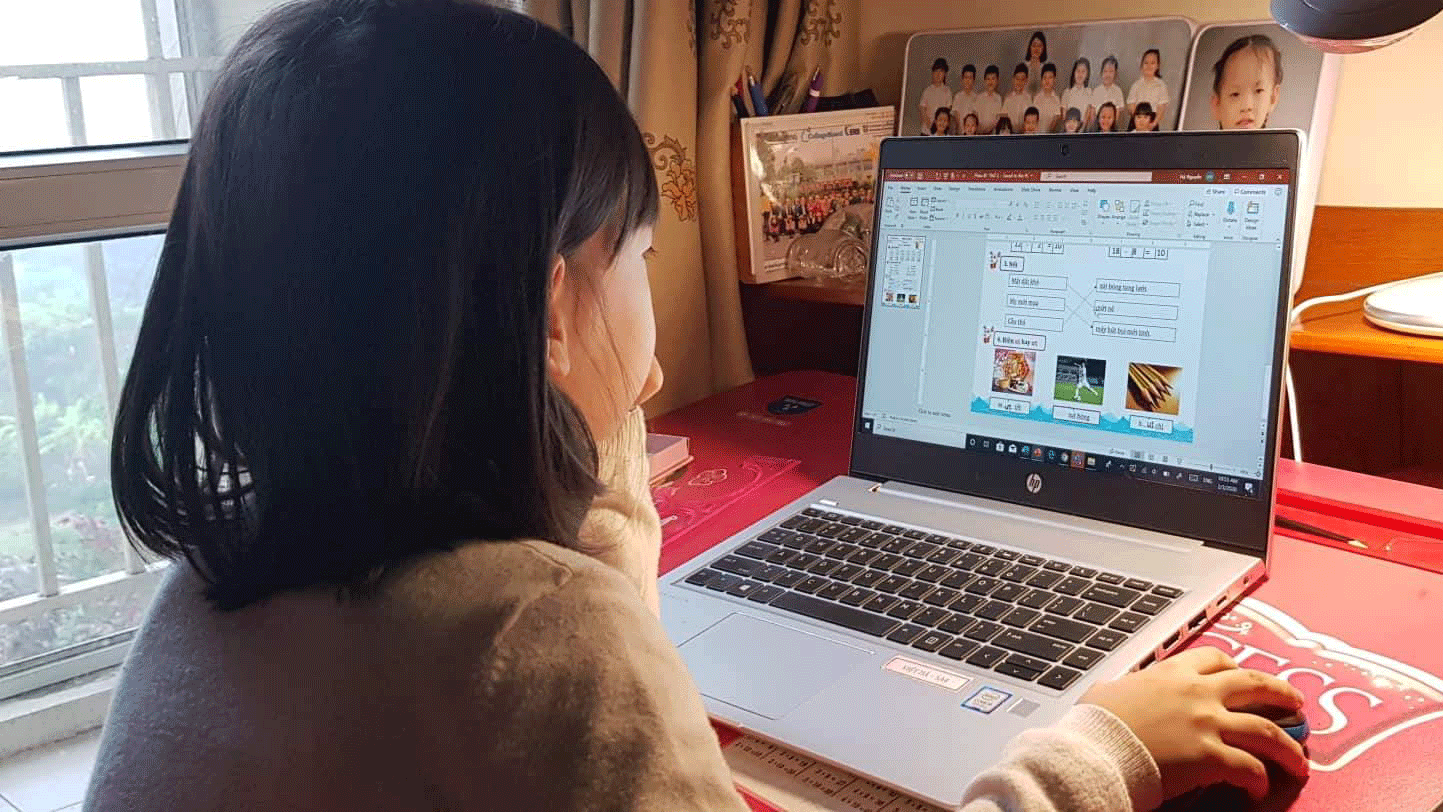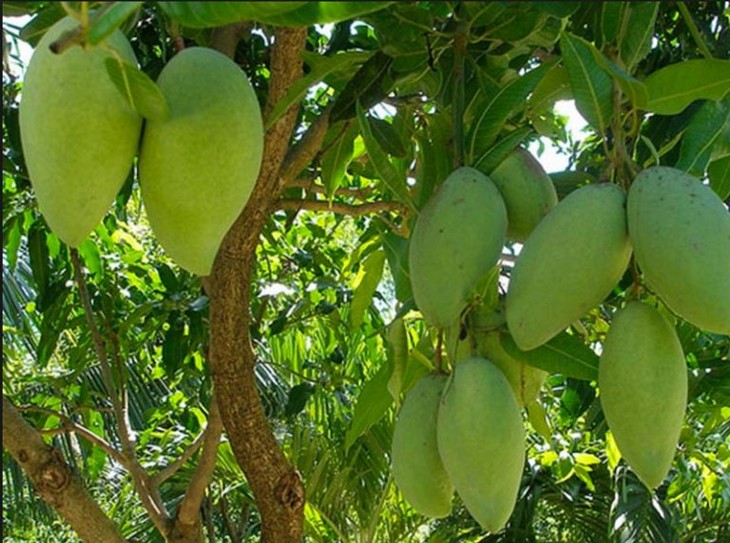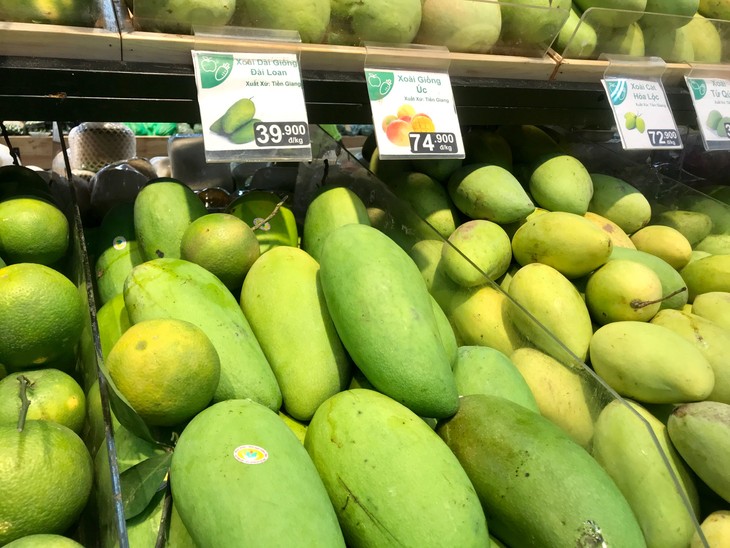B: Michael Cunningham said: “Happy Birthday! Always interesting programs on VOV5!”
A: Muhammad Saleem Akhtar said: “Congratulations to all the hardworking and the most loving staff of VOV’s English Section on your happy anniversary day.”
B: Chris Malboeuf said: “Congratulations! I’ll send in reports, as it’s been a while since I wrote to you.”
A: Sumoto Huang told us that VOV and other foreign media are indispensible parts of global diplomacy and history. He said, “It’s a pity that with the development of digital technology, many radio stations have suspended their shortwave broadcasts. But the ‘Friendship bridge’ of radio will continue to deepen the relationship between listeners and radio broadcasters. I always passionately listen to shortwave radio programs.
B: S B Sharma sent us encouraging words: “Congratulations to VOV5 and VOV24/7 for Vietnam Revolutionary Press Day! Happy 96th anniversary to all VOV staff, a hardworking and passionate team! You are our third eye to see Vietnam from all aspects. You share all related knowledge and information about Vietnam to us. Thank you!”
A: Thank you all, dear listeners, for supporting VOV in particular and shortwave broadcasting in general. VOV is a multimedia agency and we’ll continue to be a reliable source of information about Vietnam.
A: Besides reception reports, listeners have sent many questions about Vietnam. Ratan Kumar Paul of India tuned in to our program on June 20 on the frequency of 7220Khz. He used an Xdata 808 receiver. The signal came in good with SIO all 4s.
B: He asked us about Yoga Day and its popularity in Vietnam.
A: Vietnam has observed International Yoga Day since 2015, one year after the United Nations designated June 21 as an International Day of Yoga.
B: I can tell you that yoga is one of the most popular forms of physical exercise in Vietnam, particularly among women. It’s easy to join a group yoga class at a sport training center, a cultural center, a community house or and office.
Indian Ambassador to Vietnam Pranay Verma said: “I’m very impressed by the large number of people in Vietnam who practice Yoga, the overall popularity of Yoga in Vietnam, and the large number of Yoga training centers that can be found in various cities. I think this reflects a high degree of consciousness among the people of Vietnam about fitness. When I go out in cities like Hanoi and HCMC, I see people doing breathing exercises and doing Yoga in the parks – and not just in the morning. This shows people are really looking after their wellness.”
 In 2020, as the Covid-19 epidemic in Vietnam under control, the Indian Embassy and Quang Ninh province organise the International Day of Yoga in Ha Long Bay. (photo: nhandan.vn) In 2020, as the Covid-19 epidemic in Vietnam under control, the Indian Embassy and Quang Ninh province organise the International Day of Yoga in Ha Long Bay. (photo: nhandan.vn)
|
B: During the COVID-19 pandemic and social distancing, people can’t gather at yoga classes or sport centers. Online yoga classes have mushroomed for people practicing at home. It’s a very effective and relaxing way for people to improve their physical and mental strength, according to Ambassador Verma:
“As we have adapted to the COVID-19 pandemic, Yoga has become more relevant, because Yoga helps us improve a healthy regimen by enhancing our immunity, giving us an overall wellness, and improving our psychological balance during a stressful time. Yoga is known to bring psychological relief from depression and the stresses and strains of daily living. This is particularly relevant now that we are coping with the suffering and hardship the pandemic has brought. Yoga is a very effective tool for dealing with the impact of COVID-19, not just physically but also psychologically.”
B: Love yoga, but can’t attend a yoga class for various reasons, you can summon your inner yogi in the cozy confines of your own apartment with online classes.
 Online learning has been the best way to continue education during the pandemic. (Illustrative photo) Online learning has been the best way to continue education during the pandemic. (Illustrative photo) |
A: We received a question about schools in Vietnam during the pandemic.
B: The COVID-19 pandemic has changed our lives in every aspect. Education has moved online in most countries around the world.
A: Vietnamese students and pupils, too, have had to study online since the pandemic broke out last year. They go to school on and off between pandemic waves. Universities and lower schools have adapted to recurrences of the coronavirus by re-organizing classes and curriculums.
B: Each city and province adapts classes and exams to the local pandemic situation. For example, since early this month Hanoi has basically contained the pandemic. On June 12 and 13, the city’s Department of Education and Training held in-person final exams for 110,000 secondary school pupils moving up to high school. The exams were conducted under strict pandemic preventive control.
A: Online learning has been the best way to continue education during the pandemic, but the students miss face-to-face learning with their teachers and the teachers miss the classrooms filled with children. We all hope the vaccination program that is under way will soon allow the children to go back to school safely.
B: Shivendu Paul of West Bengal, India has regularly tuned in to VOV this month. He says the signal on 7220 khz is good. He told us: “Mango is a very popular fruit in India. Every family's favorite fruit this time of year is ripe mango. We went to a mango garden, purchased 17 kilograms of mangos, and distributed them to our relatives. Right now the price of ripe mango is about 35 Rupees per kilogram in the local market.”
 Hoa Loc mangos in Dong Thap province Hoa Loc mangos in Dong Thap province |
A: He asked how popular mangos are in Vietnam.
B: Summer is mango season in Vietnam, too, according to the Ministry of Agriculture and Rural Development. Vietnam is the 13th biggest mango producer in the world, with a total planted area of over 87,000 hectares.
A: Last year, Vietnam's total mango production was 890,000 tons, up 6.5% from the year before. Mangos are grown mostly in the Mekong Delta, which has about half of Vietnam’s total mango area.
B: In 2020, Vietnam's mango exports earned 180 million USD, a 9% drop from 2019 due to the Covid-19 pandemic. China is the biggest importer of Vietnamese mangos, buying nearly 84% of Vietnam’s mango exports. The Russian market ranks second, followed by Papua New Guinea, the US, South Korea, the EU, Japan, and Hong Kong (China).
A: Vietnam plans to expand its mango production to export 650 million USD with worth by 2030 to take advantage of growing global demand.
B: In the south mangos are harvested in March or April and in the north harvest season runs from May to September, although the fruit is available throughout the year.
 Vietnamese mangos sell in the US (photo: VietnamBiz) Vietnamese mangos sell in the US (photo: VietnamBiz) |
A: Dong Thap province, the largest mango producer in the Mekong Delta, uses advanced cultivation techniques and processes fresh mangos for both domestic consumption and export. Its Hoa Loc variety is considered the best in southern Vietnam, followed by the abundant and common Cat Chu.
B: During peak season, the wholesale prices for these varieties range from 1.2USD per kg for the Hoa Loc to 50 cents per kg for Cat Chu mangos. The retail price of mango in the city is about two to three times the wholesale price.
A: Mango is one of the most popular tropical fruits. Both ripe sweet mangos and unripe sour mangos feature in many dishes.
B: We hope you have enjoy our show today. We always welcome your feedback at: English Service, VOVWORLD, the Voice of Vietnam, 45 Ba Trieu street, Hanoi, Vietnam. Or email us at: englishsection@vov.vn. Thank you! Take care and be safe!